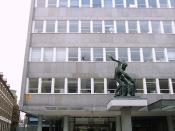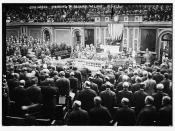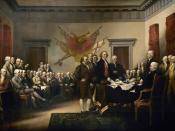Introduction:
In the 19th century, no real banking system had really been developed in the US. This is to say that, though there were roughly 120 private commercial banks that had been chartered by new state governments, the so-called system was scarcely organized. It directly linked to the merchant banking practices of the pre-independence period. The years preceding the turn of the century were important because they brought a central banking authority onto the scene.
The last quarter of the 19th century was very difficult. The economy was subjected to several deflationary crises; The Second Post War Depression of 1873-79, the Depression of 1884, the Panic of 1893-94, and the Silver Campaign Depression of 1896-97. During the 1893-97 period total output fell by almost 20 percent in two years and in 1894 the unemployment rate hit 18%. Finally, following the Panic of 1907, Congress appointed the National Monetary Commission to determine what should be done to prevent future crises.
The National Monetary Commission determined that the primary causes of the Panic of 1907 were lack of a common currency, an inelastic money supply, and pyramiding of reserves. The recommendations of the Commission were embodied in the Federal Reserve Act of 1913.
The lack of common currency was one of the factors of creating a central bank. Upon their Declaration of Independence from England, the 13 colonies were without a common currency. Their money supply consisted primarily of foreign coins. The Continental Congress financed the Revolutionary War by issuing $225 million dollars of paper money. These Continental paper dollars were not redeemable for specie (gold and silver coin) and were issued in such volume that, by 1781, each dollar bought less than a penny's worth of goods. When drafting the Constitution, the Founding Fathers debated whether the new government should...


